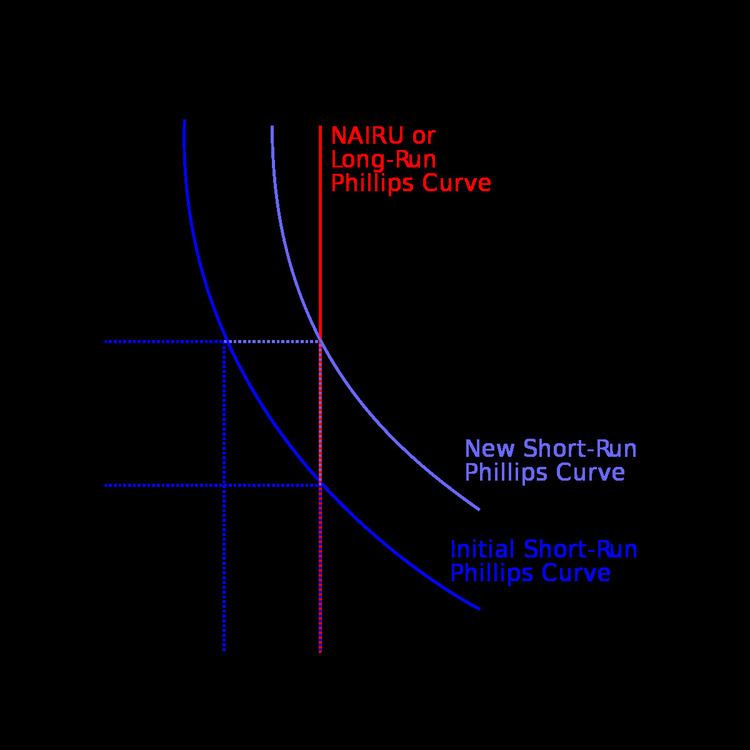 | ||
Monetary economics is a branch of economics that provides a framework for analyzing money in its functions as a medium of exchange, store of value, and unit of account. It considers how money, for example fiat currency, can gain acceptance purely because of its convenience as a public good. It examines the effects of monetary systems, including regulation of money and associated financial institutions and international aspects.
Contents
The discipline has historically prefigured, and remains integrally linked to, macroeconomics. Modern analysis has attempted to provide microfoundations for the demand for money and to distinguish valid nominal and real monetary relationships for micro or macro uses, including their influence on the aggregate demand for output. Its methods include deriving and testing the implications of money as a substitute for other assets and as based on explicit frictions.
History
Serious interest in the concepts behind money occurred during the dramatic period of inflation known as the Price Revolution, during which the value of gold fell precipitously, sometimes fluctuating wildly, because of the importation of gold from the New World, primarily by Spain.
At the end of this period, the first modern texts on monetary economics were beginning to appear
In 1705, John Law in Scotland published Money and Trade, which examined the failure of metal-based money during the previous 150 years, and proposed replacing it with a land bank system of paper money based on the value of real estate. Though he succeeded in getting this proposal implemented, he failed to take the lessons of the Spanish Price Revolution seriously enough, and his bank failed, a bubble of speculation collapsing into extreme inflation.
Then, in 1720, Isaac Gervaise wrote The System or Theory of the Trade of the World, blaming mercantilism and state-supported credit for the inflation problems of his era, doing so in a careful, scientific way that is still respected in the 21st century.
Della Moneta, was published by Ferdinando Galiani in 1751, and is arguably the first modern text on economic theory. This was 25 years before Adam Smith's more famous book, The Wealth of Nations, the latter of which touched on some of the same topics.
Della Moneta covered all major modern monetary concepts, including the value, origin, and regulation of money. Presumably because of the previous period of unreliable monetary value, he carefully examined the possible causes for money's value to fluctuate.
During this same century, the concept of bank notes became more common in Europe. David Hume referred to it as "this new invention of paper". In his own book published the year following Galiani's, Of the Balance of Trade, Hume argues that one need not worry about the import or export of goods creating a surplus or shortage of either money or goods, because an excess or shortage of money will always increase or decrease demand, until equilibrium is reached. In modern economic terms, this is as equilibration through the price-specie flow mechanism.
Research areas
Traditionally, research areas in monetary economics have included:
Current state
Since 1990, the classical form of monetarism has been questioned. This is because of events which many economists interpret as inexplicable in monetarist terms, especially the unhinging of the money supply growth from inflation in the 1990s and the failure of pure monetary policy to stimulate the economy in the 2001-2003 period. Alan Greenspan, former chairman of the Federal Reserve, argued that the 1990s decoupling may be explained by a virtuous cycle of productivity and investment on one hand, and a certain degree of "irrational exuberance" in the investment sector.
In 2011, Christopher Sims won the Nobel Prize. His paper,'Does Monetary Policy Generate Recessions' used an identified vector autoregression model to show that the elasticity of money demand is greater than zero. The implication of this result is that fiscal stimulus is effective and monetary contractions aren't the sole cause of recessions. This result conflicts with the monetarist findings of Milton Friedman.
